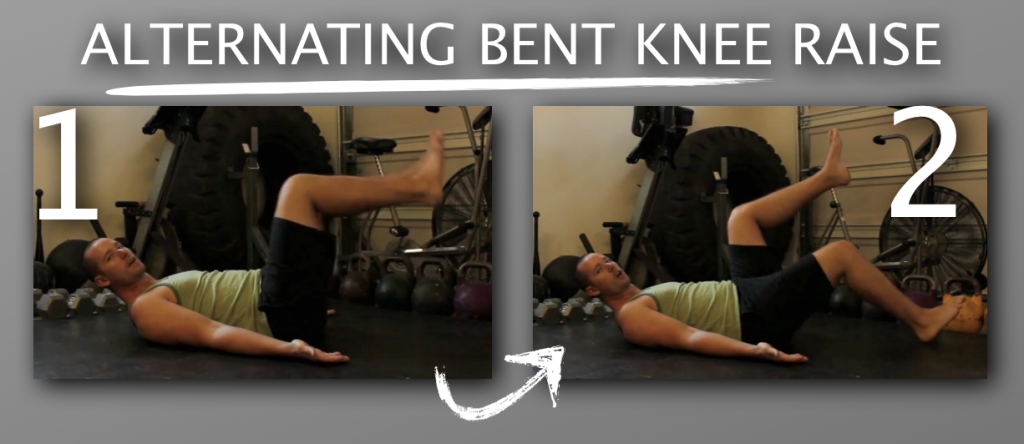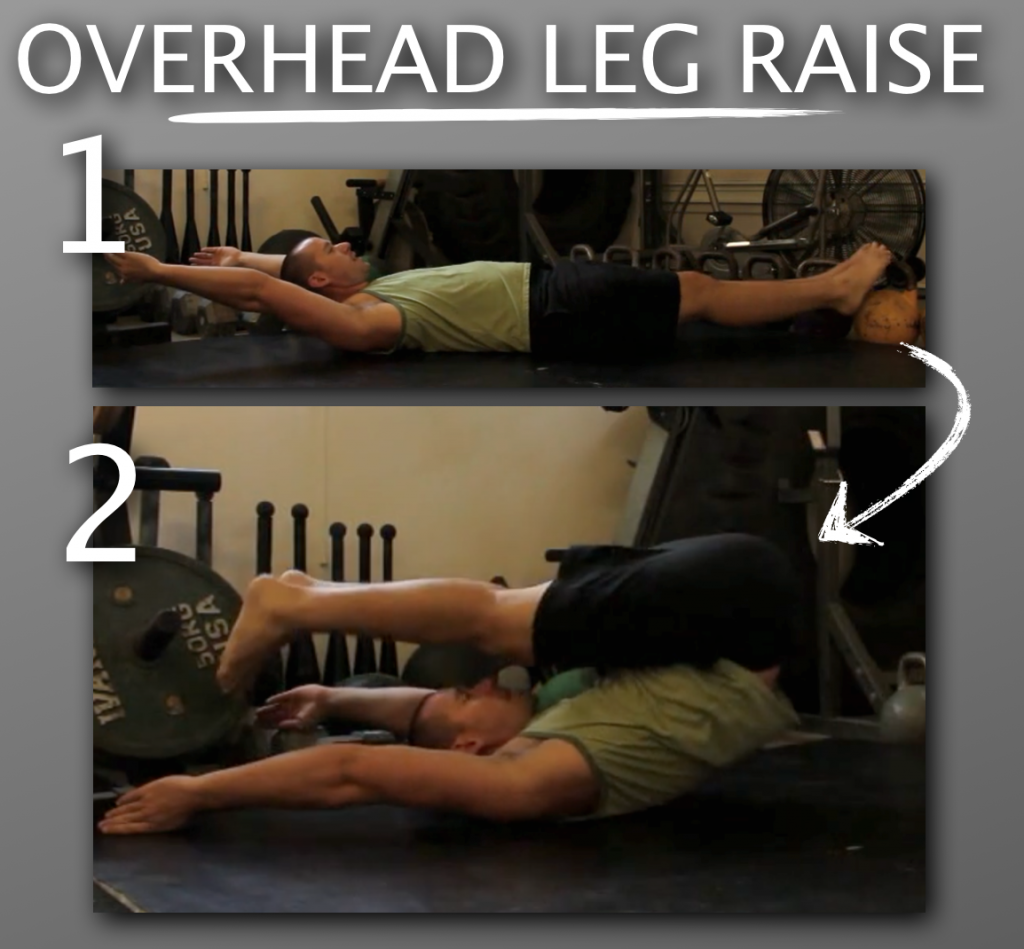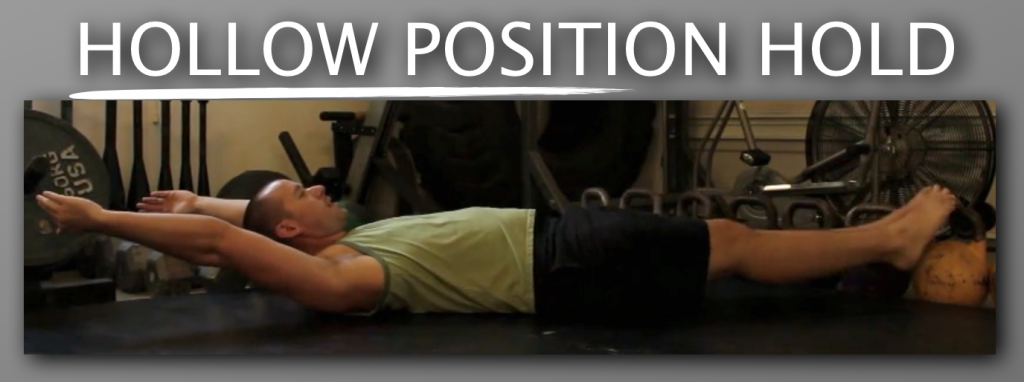Guest Post By Tyler Bramlett
Take a look at any gymnast and the first thing you’ll notice is the development of their abdominal muscles. The reality is, you would be hard pressed to find an athlete with stronger abs then a gymnast.
Most people believe that the reason gymnasts have such strong abs is their ability to do endless sets of perfect leg raises, v-ups and challenging ab skills like front levers and planches.
However, in my mind I like to reverse the scenario and instead acknowledge that the reason why gymnasts can do endless sets of perfect of perfect leg raises, v-ups and challenging ab skills like front levers and planches is because they have strong abs.
I know this may sound like the same argument, but keep reading because by the end of this article you’ll understand EXACTLY what I mean. To highlight my argument, let me first share a quick story with you…
She walked into my gym and to be honest, I wasn’t impressed. Don’t take this the wrong way but she was kinda sloppy and overweight and to be totally honest I expected her to move like she looked.
However, much to my surprise, during her very first workout she moved like my seasoned veterans. Her squats were dead on, her v-ups were the best in my class and every movement I challenged her with she took to like a fish in water.
I got to scratching my head about this and decided that I had to get to the bottom of this…
I approached her after class as she lay there in a pool of sweat panting like a St. Bernard on a hot day and said, “where did you learn to move like that?”
She looked at me confused and said, “like what?”
Clearly she had no idea whatsoever how talented her natural movements were. I dug deeper, asking questions about her past, trying to figure out her secret to naturally moving like a seasoned athlete and finally I found the reason…
In our conversation she quickly mentioned to me, “Well, I did gymnastics when I was a kid.”
BOOM! Her experience as a gymnast literally 25 years ago helped her to move with grace and perfect form without having to think about it! And she’s not the only one…
In fact, I’ve personally worked with more then a dozen clients with some degree of gymnastic experience and every single one of them had the ability to naturally move well and had a seemingly superhuman amount of strength.
At first I figured their natural strength was due to all of the core work they once did as gymnasts but that didn’t seem to make sense to me considering how well they moved and the fact that up to 25 years had passed since they had done gymnastics.
So, why were these people able to move with such grace, to naturally do every exercise with perfect form and generate strength without ever training for it?
Eventually I found the answer and right now I’m gonna share it with you…
The real secret that allows gymnasts to perform feats of unbelievable strength is and also allowed my client from the story above to move so well after 25 years is coordination!
Any person with a properly coordinated core that is capable of firing all of it’s muscles in unison is STRONG! Therefore, it is coordination that builds strength and skill NOT simply practicing the exercises.
To make this simple to understand, let’s imagine that your core is made up of just 6 muscles. Now let’s take 2 different people who are both beginners and put them through slightly different training programs.
Program A focuses on building the maximum amount of strength in the quickest time possible. This is your grin and bare it, quit being a pussy, no pain, no gain workout routine.
Program B has the same goal as Program A in terms of increasing your max strength but has a goal that is more important. The focus of Program B is to make sure all the muscles of your core fire first before progression to more complex exercises. This is often how gymnasts train.
Let’s say that one of our test subjects follows Program A and one follows Program B. Let’s also assume that both of our test subjects have the ability to use 4 of the 6 available core muscles they have.
Over the course of the next year, here’s what you can expect to happen…
The test subject following Program A will make rapid progress in the start and as the months go on his progress will begin to stall. Since his main objective was extrinsic strength (performing harder ab moves) and not intrinsic ab strength (coordinated use of your 6 available abdominals) I can guarantee he will hit a plateau, stop making progress, get frustrated with his lack of results and even be at greater risk for injury!
Meanwhile… The test subject following Program B took the time to lay a strong foundation by first making sure he was able to fire all 6 of his available core muscles. Each time he progressed to harder exercises, he first made sure that his abs were firing on all 6 cylinders and over the course of a year he will make consistent progress all the while building true and lasting strength.
Now this is an oversimplified story, but I tell it to you to highlight a simple point. If you’re core muscles aren’t working properly and you keep making the exercises harder, you’ll eventually plateau or even worse end up injuring yourself.
To fix this, you need to coordinate the use of your core muscles and right now I’m gonna teach you a series of 5 exercises that will do just that.
All you have to do is start with the first exercise making sure you pay close attention to the form cues especially the core activation technique I’m about to teach you. Once you can do the exercise for 5 rounds of 1 minute each with with 1 minute rest using slow and controlled reps while maintaining perfect form, move onto the next exercise.
Remember, it’s about coordination NOT strength. Once you lose your form or if you lose the core activation technique you’re about to learn, STOP and come back another day. Ok, here’s your 5 step progression that will build ab strength like a gymnast…
STEP #1 – Alternating Bent Knee Raise

Start on your back with arms by your side and palms facing up. Drive your fingers towards your toes, press the backs of your hands into the ground and lift your neck slightly off the ground by imagining length through your spine NOT crunching your neck.
From there tuck your pelvis and press your lower back firmly into the ground (NOTE: If your lower back lifts at any point, you are NOT properly using your core muscles). In this position, activate your abs by pushing out your belly as if someone was dropping a bowling ball on your abs. Do not use an inhale to activate your abs. Instead breathe naturally and use the coordination of your core to maintain your abdominal activation.
Bring your legs up to a 90º position with knees bent at 90º. Maintaining this position, bring one leg down, tap the ground and return to the start. Alternate with other leg.
Once you can do this with perfect form for 5 rounds of 1 minute each with 1 minute rest between rounds maintaining the core activation described above, move onto the next exercise.
STEP #2 – Alternating Lying Leg Raise

This exercise is identical to the alternating bent knee raise accept instead of having your knees bent at a 90º angle, you keep your legs straight the entire time.
Once you can do this with perfect form for 5 rounds of 1 minute each with 1 minute rest between rounds maintaining the core activation described above, move onto the next exercise.
STEP #3 – Lying Leg Raise (Arms By Sides)

Start in the same position as the alternating lying leg raise only this time, lower both legs to the ground and back together. Remember to move slow and controlled and to maintain the form cues highlighted in the alternating bent knee raise above.
Once you can do this with perfect form for 5 rounds of 1 minute each with 1 minute rest between rounds maintaining the core activation described above, move onto the next exercise.
STEP #4 – Overhead Leg Raise

Start in the same position as the lying leg raise only this time with your arms overhead. Stretch your fingers towards the wall behind you, lock your elbows and make sure your thumbs are pointing towards the ground. In addition to this, make sure you use all the form cues especially the core activation technique I shared with you in the alternating bent knee raise.
Once you can do this with perfect form for 5 rounds of 1 minute each with 1 minute rest between rounds maintaining the core activation described above, move onto the next exercise.
STEP #5 – Hollow Position Holds

The hollow position is the gold standard of gymnastic core strength and coordination. In order for you to maintain all of the form cues highlighted above during your hollow position holds you will need the coordinated use of your abdominals.
Once you can do this with perfect form for 5 rounds of 1 minute each with 1 minute rest between rounds maintaining the core activation described above, give yourself a high five!
The bottom line is, if you want the secret to the ab strength of a gymnast, it’s not the strength exercises they do, it’s how they perform these exercises. The reason why most people never develop this level of strength is because they are impatient and instead try to push their limits before they are truly ready.
You have in your hands right now a 5 step system to building coordinated and strong abs. The only question I have left for you is…
Will you do it?
If your interested in learning more about Tyler’s approach to ab training CLICK HERE
NOTE: Jay is no longer accepting guest post. Please do not submit a request for one.


